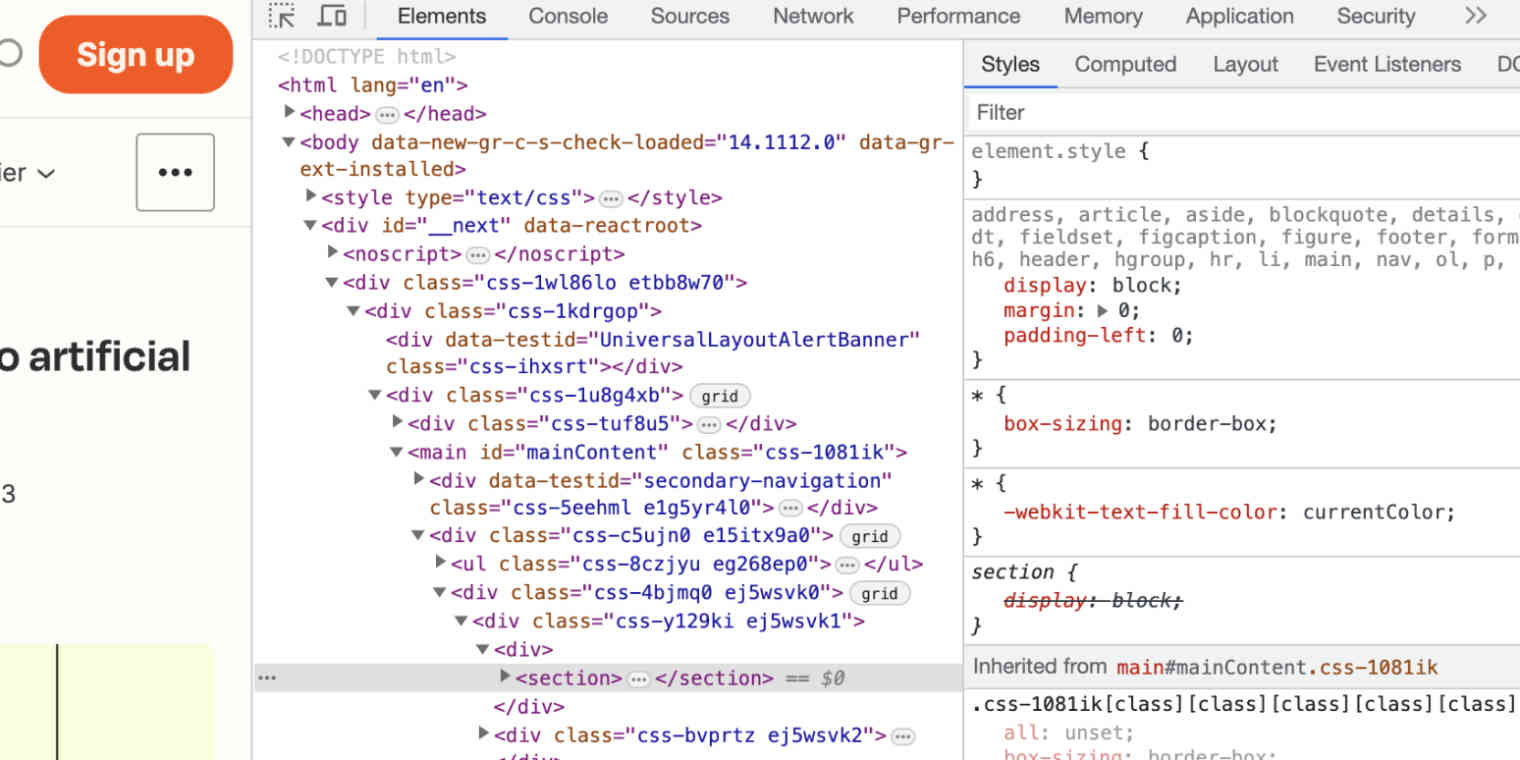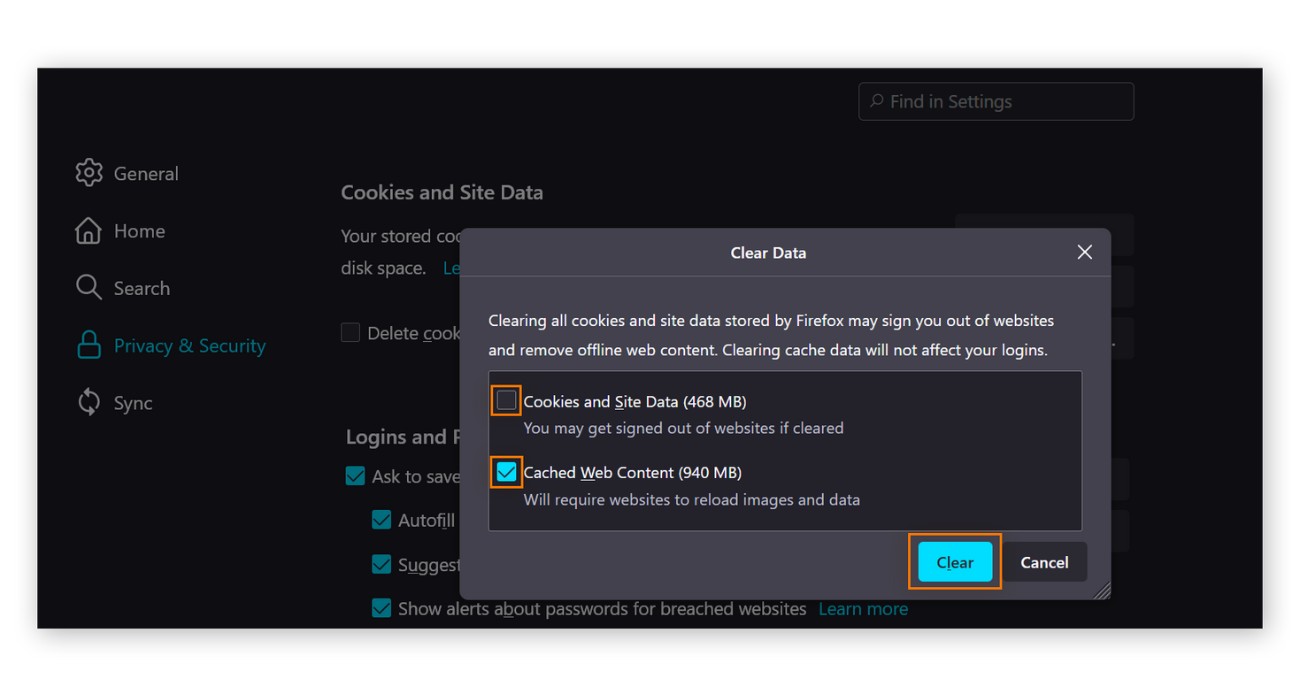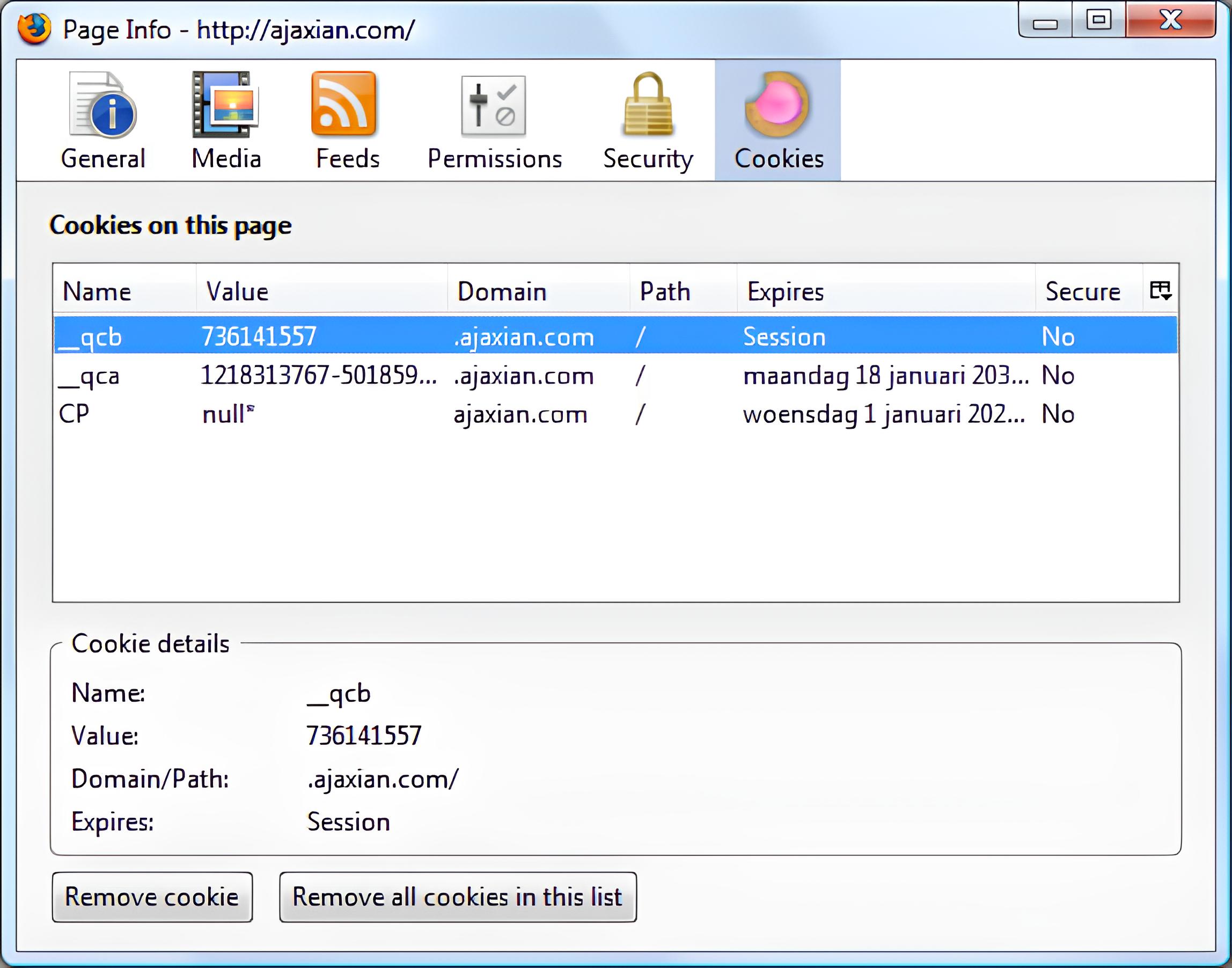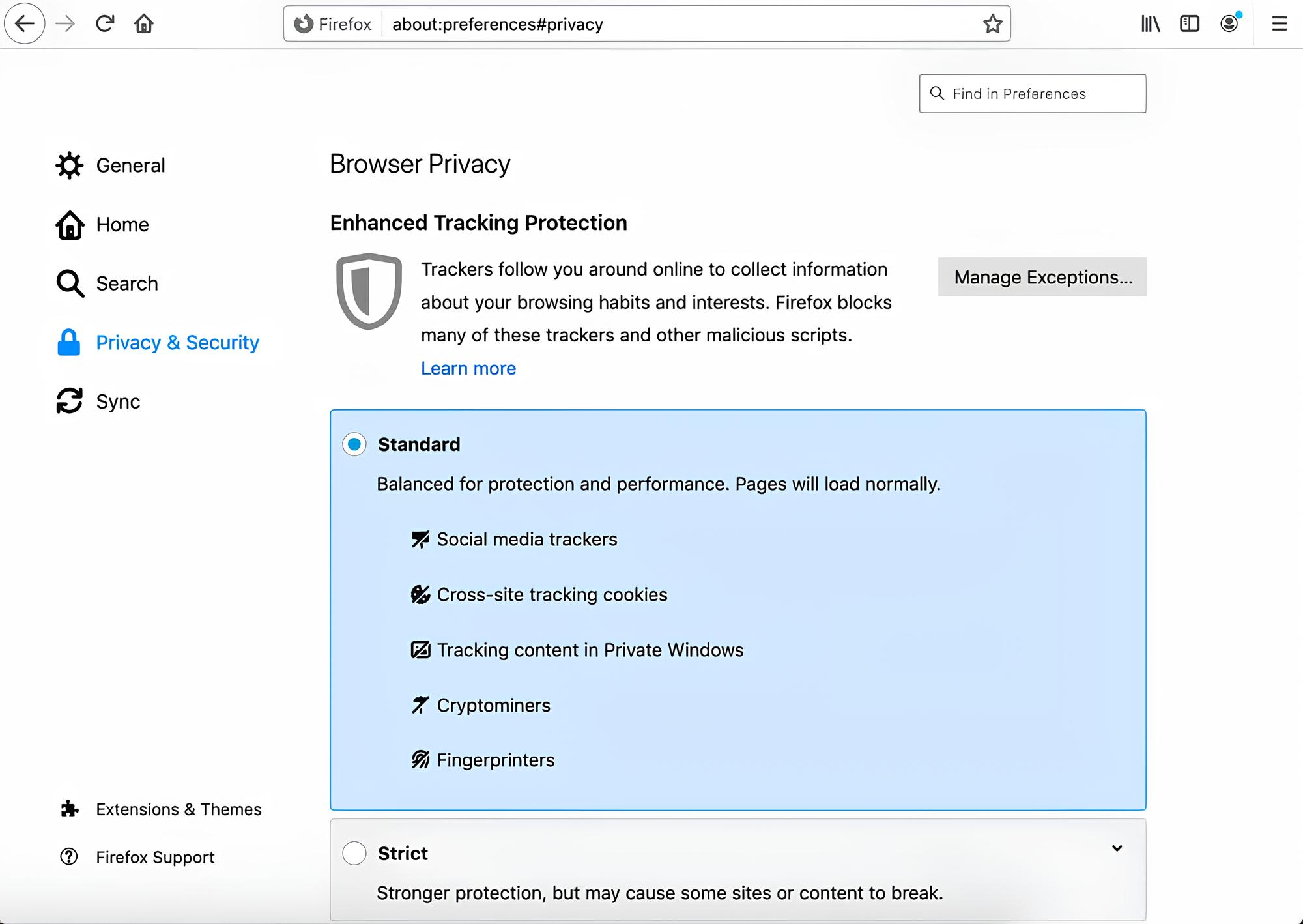Introduction
Exporting cookies from your Firefox browser can be a valuable skill, especially if you want to transfer your browsing data to another device or share it with a colleague. Cookies are small pieces of data that websites store on your computer, containing information such as login credentials, site preferences, and shopping cart contents. By exporting these cookies, you can retain important website settings and login details, making your browsing experience seamless across different platforms.
In this guide, you will learn how to export cookies from Firefox, allowing you to preserve your browsing history, login sessions, and personalized settings. Whether you're switching to a new computer, collaborating on a project, or simply backing up your browsing data, exporting Firefox cookies can be a convenient way to maintain continuity in your online activities.
By following the step-by-step instructions provided in this article, you will gain a better understanding of how to access and export cookies from your Firefox browser. This knowledge will empower you to take control of your browsing data, ensuring that you can easily transfer or back up your important website information whenever the need arises.
So, let's delve into the process of exporting Firefox cookies and discover how you can effectively preserve your browsing data for future use.
Step 1: Open Firefox and Access the Cookies
To begin the process of exporting cookies from your Firefox browser, you first need to open the browser and access the cookies section. Follow these steps to access the cookies:
-
Launch Firefox: Start by opening the Firefox browser on your computer. You can do this by clicking on the Firefox icon in your applications folder or taskbar. Once the browser is open, you will be ready to proceed to the next step.
-
Access the Menu: In the top-right corner of the Firefox window, you will find a menu icon represented by three horizontal lines. Click on this icon to open the main menu of the browser.
-
Open the Options Menu: Within the main menu, you will find an option labeled "Options." Click on this option to access the Firefox settings.
-
Navigate to Privacy & Security: In the left-hand sidebar of the Options menu, you will see a list of categories. Click on "Privacy & Security" to access the privacy and security settings for your Firefox browser.
-
Scroll Down to the Cookies and Site Data Section: Within the Privacy & Security settings, scroll down until you find the "Cookies and Site Data" section. This section contains options related to website cookies and data storage.
-
Click on Manage Data: Under the "Cookies and Site Data" section, you will see an option labeled "Manage Data." Click on this option to access the cookies stored by websites you have visited.
-
View the Stored Cookies: Upon clicking "Manage Data," a window will open, displaying a list of websites and their associated cookies. You can scroll through this list to view the specific cookies stored by each website.
By following these steps, you can successfully open Firefox and access the cookies stored by the websites you have visited. This is the first crucial step in the process of exporting cookies from your Firefox browser. Once you have accessed the cookies, you will be ready to proceed to the next step and export them to a file for future use.
Step 2: Export the Cookies
Exporting cookies from your Firefox browser allows you to retain valuable browsing data, including login credentials, site preferences, and personalized settings. By following the steps outlined below, you can effectively export the cookies stored by websites you have visited, ensuring that you have a backup of this essential browsing information.
-
Select the Cookies to Export: After accessing the cookies through the "Manage Data" option, you will see a list of websites and their associated cookies. To export specific cookies, you can use the search functionality to locate cookies from a particular website or scroll through the list to find the ones you want to export.
-
Click on the "Export" Button: Once you have identified the cookies you want to export, look for the "Export" button within the "Manage Cookies and Site Data" window. Clicking on this button will prompt a dialog box to appear, allowing you to specify the location and file name for the exported cookies.
-
Choose the Export Location: In the dialog box, you can select the destination where you want to save the exported cookies. This can be a specific folder on your computer or an external storage device. By choosing the appropriate location, you can ensure that the exported cookies are easily accessible when needed.
-
Provide a File Name: After selecting the export location, you can enter a file name for the exported cookies. It's advisable to use a descriptive and recognizable name that reflects the content of the cookies, making it easier to identify them in the future.
-
Save the Exported Cookies: Once you have specified the export location and file name, click the "Save" or "Export" button in the dialog box. This action will save the selected cookies to the designated location in the form of a file, preserving their data for future use.
By following these steps, you can successfully export cookies from your Firefox browser, ensuring that you have a backup of important browsing data. Whether you need to transfer these cookies to another device or retain them as a backup, the export process allows you to maintain continuity in your browsing experience. With the cookies safely exported to a file, you can rest assured that your valuable browsing information is securely preserved for future use.
Step 3: Save the Cookies to a File
After successfully exporting the cookies from your Firefox browser, the final step involves saving these valuable pieces of browsing data to a file. This process ensures that the exported cookies are securely stored and easily accessible for future use. By following the steps outlined below, you can effectively complete the process of saving the exported cookies to a file.
-
Specify the File Format: When prompted to save the exported cookies, you will have the option to specify the file format in which they will be saved. Typically, cookies are saved in a text-based format, such as a .txt file, which allows for easy readability and accessibility.
-
Choose a Descriptive File Name: Before saving the exported cookies, it's important to provide a descriptive and recognizable file name. This name should reflect the content of the cookies and enable you to identify them at a glance. Using a clear and informative file name can streamline the process of locating specific cookies when needed.
-
Select the Save Location: Determine the appropriate location on your computer or external storage device where you want to save the file containing the exported cookies. It's advisable to choose a location that is easily accessible and well-organized, ensuring that you can retrieve the cookies without difficulty in the future.
-
Confirm the Save Action: Once you have specified the file format, chosen a descriptive file name, and selected the save location, proceed to confirm the save action. Click the "Save" or "OK" button to finalize the process of saving the exported cookies to the designated file.
-
Verify the Saved File: After completing the save action, take a moment to verify that the file containing the exported cookies has been successfully saved to the specified location. You can navigate to the chosen save location and confirm the presence of the file, ensuring that the cookies are securely stored and readily available for future use.
By following these steps, you can effectively save the exported cookies to a file, preserving your valuable browsing data in a secure and accessible format. Whether you need to transfer these cookies to another device, share them with a colleague, or retain them as a backup, the process of saving the cookies to a file ensures that your browsing information is safely preserved for future use.

























